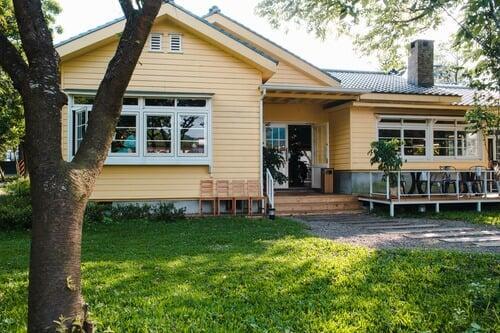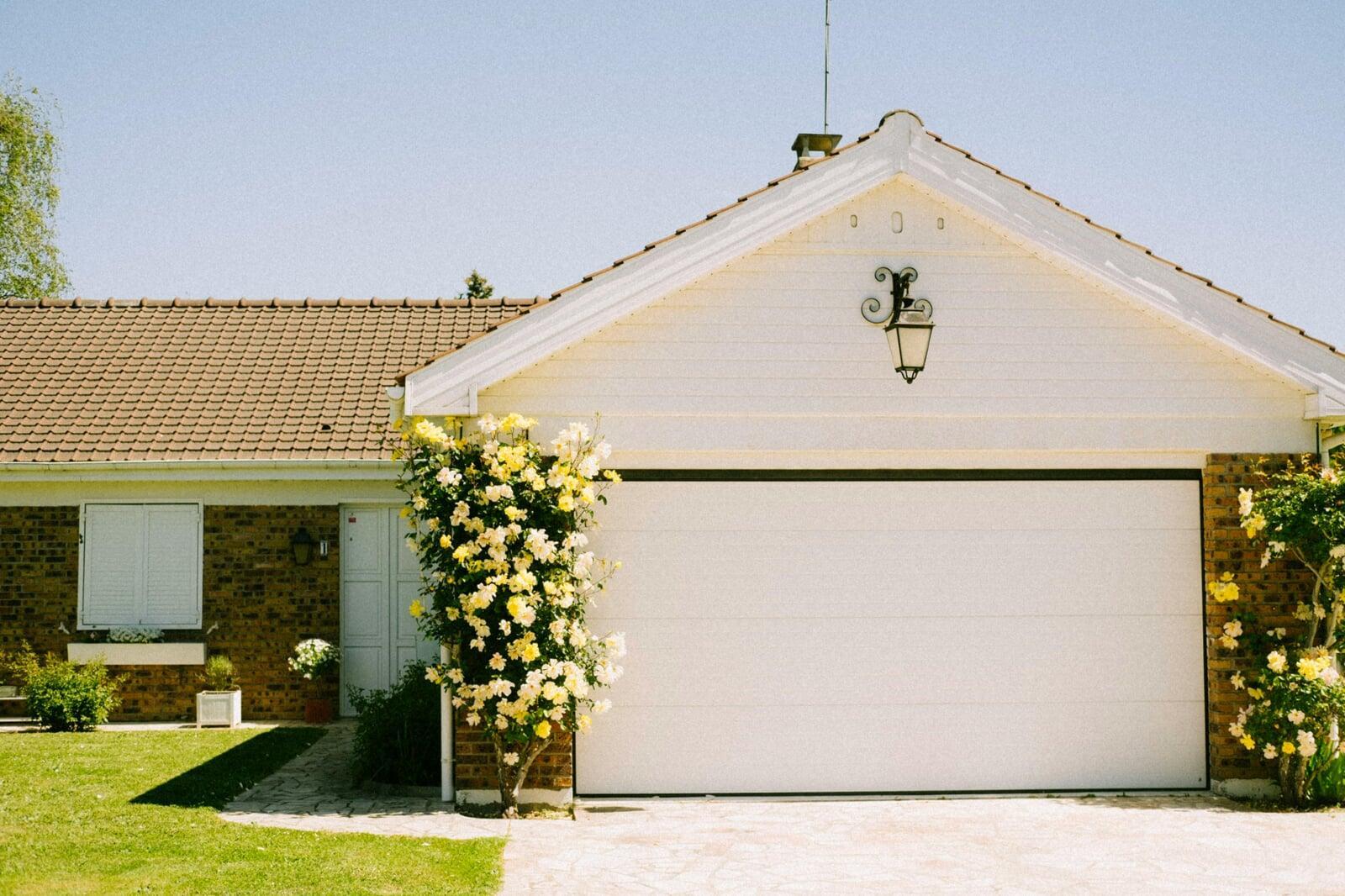With California pushing to solve its housing crisis, Accessory Dwelling Units (ADUs) and Junior ADUs (JADUs) have emerged as two powerful solutions. However, many homeowners and even some developers confuse the two.
If you’re planning to add extra housing on your property, understanding the difference between an ADU and a JADU is key to making the right decision for your space, budget, and goals.

🏡 What is an ADU?
An Accessory Dwelling Unit (ADU) is a secondary, self-contained housing unit built on the same lot as a primary residence. It includes a kitchen, bathroom, sleeping area, and separate entrance.
Types of ADUs include:
Detached ADU – A freestanding unit (e.g., backyard cottage or tiny home)
Attached ADU – Built as an addition to the existing home
Garage/Basement Conversion – Repurposed from an existing structure

🏘 What is a Junior ADU (JADU)?
A Junior ADU (JADU) is a smaller, more limited unit, created within the footprint of the existing home—most commonly from a bedroom or garage. Unlike a full ADU, a JADU:
Has a maximum size of 500 sq ft
May share a bathroom with the main house
Must include an efficiency kitchen (sink, cooking appliance, and counter)
🔍 Key Differences Between ADU and JADU
| Feature | ADU | Junior ADU (JADU) |
| Size Limit | Up to 1,200 sq ft (varies by city) | Maximum 500 sq ft |
| Kitchen | Full kitchen required | Efficiency kitchen required |
| Bathroom | Separate bathroom required | Can share with primary home |
| Location | Detached, attached, or converted space | Must be within the primary home |
| Parking Requirements | May require 1 off-street space (varies) | Often exempt from parking requirements |
| Separate Entrance | Yes | Yes |
| Rental Use | Long-term rentals allowed | Long-term rentals allowed |
✅ Benefits of Building a Permitted ADU or JADU
Both ADUs and JADUs offer unique advantages. Here's how they can benefit California homeowners:
🏠 Increase Property Value
Permitted ADUs and JADUs boost resale value by offering additional livable square footage and rental potential.
💵 Generate Passive Income
Long-term rental of your ADU or JADU can generate reliable monthly cash flow.
👨👩👧 Support Multigenerational Living
Perfect for aging parents, college kids, or live-in caregivers while maintaining privacy.
♻️ Utilize Existing Space
JADUs are an efficient way to convert unused interior space into something functional and profitable.
📜 Stay Code-Compliant
Permitted units provide legal security, insurance eligibility, and prevent future penalties.
📝 ADU & JADU Requirements in California
ADU Requirements
Lot must be zoned for residential use
Separate bathroom and kitchen
Up to 1,200 sq ft allowed by state law
Parking may be required (exceptions apply)
JADU Requirements
Must be part of an existing single-family home
Max size: 500 sq ft
Efficiency kitchen required
Bathroom can be shared
Owner occupancy required for either primary or JADU

